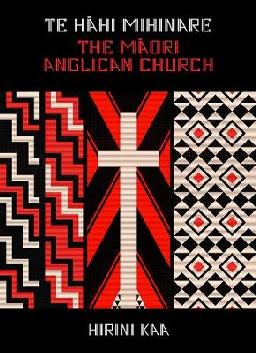

Ceza, J.L., U$o, Yelawolf, Twista, Busta Rhymes, D-Loc & Twisted Insane) vk.com/ebash_bassboosted Ceza, J.L., U$o, Yelawolf, Twista, Busta Rhymes, D-Loc & Twisted Insane) Yelawolf, Twista, Busta Rhymes, Ceza, JL B.Hood, Uso, D-Loc & Twisted Insane) It is unclear how literally the images should be taken - did a card depicting a steak dinner require the loser to make payment in kind? It is fun to imagine so, but I have no evidence to support this.Tech N9ne - Worldwide Choppers (ft. In any case, the cards usually show pictures of food and drink. I think the name was originally probably meant to be the latter but was later modified into the current form. The name means ‘sweets cards’, but is also a pun on 貸し kashi (‘debt/favour’), so can be understood as ‘debt cards’. Kashifuda are cards that are used to stand in for money, since playing gambling games for real money has almost always been illegal in Japan. ( Museum of Fine Arts Boston 🅮) # Equipment # Kashifuda The three brothers can be seen at front wearing clothes bearing the plants: cherry blossoms, plum blossoms, and pine trees.Īn 1841 print by Utagawa Kunisada ( 歌川国貞). The ‘ Kurumabiki’ ( 車引き, carriage-breaking) scene from Sugawara and the Secrets of Calligraphy.

The yaku can also be called yoroshī ( よろしい, ‘good’) or akayoro ( 赤よろ, ‘red good’), or even simply aka ( 緋, ‘scarlet’), although this risks confusion with the aka teyaku. In the play the brothers wear costumes which bear symbols of the plants related to their names. In the play the three main characters are brothers who are named after the three plants featured on the cards: Matsuōmaru ( 松王丸, pine), Umeōmaru ( 梅王丸, plum), and Sakuramaru ( 桜丸, cherry). This name was a reference to the popular kabuki play Sugawara Denju Tenarai Kagami ( 菅原伝授手習鑑, ‘ Sugawara and the Secrets of Calligraphy’). Other spellings of urasu ( うらす) include 裏, 裏す, 宇良す, or 𛀋らす. It was also formerly known as ura-sugawara ( 裏菅原, ‘behind/inside Sugawara’) or urasu for short. The cards are labelled 𛀋らす ( urasu), よろし ( yoroshi), and す𛀙𛂦ら ( sugawara). The cards that form the Aka-tan/Ura-Sugawara yaku, from an old Tanaka Gyokusuidō deck.

No other tanzaku may be used to complete it. This yaku is made up of exactly the three red tanzaku cards of the first three months (pine, plum, cherry). There are also multiple sets of yaku, and specialized equipment that was commonly used with the game. The play of the cards is the same as in other Hanafuda games, but the procedures of betting and payment combine to increase the complexity. 264 ÷ 3 = 88 points.ĭespite being - historically, at least - the most important Hanafuda game, it is also one of the most difficult. The name derives from the objective of the game the standard version of the game is for three active players, and there are 264 total card points available, so the goal for each player is to obtain at least their share, i.e. In many old English sources it is considered synonymous with ‘ hanafuda’ or ‘ hana-awase’ and isn’t given a more specific name. Hachi-Hachi ( 八八, ‘88’) is the preëminent Hanafuda gambling game.


 0 kommentar(er)
0 kommentar(er)
